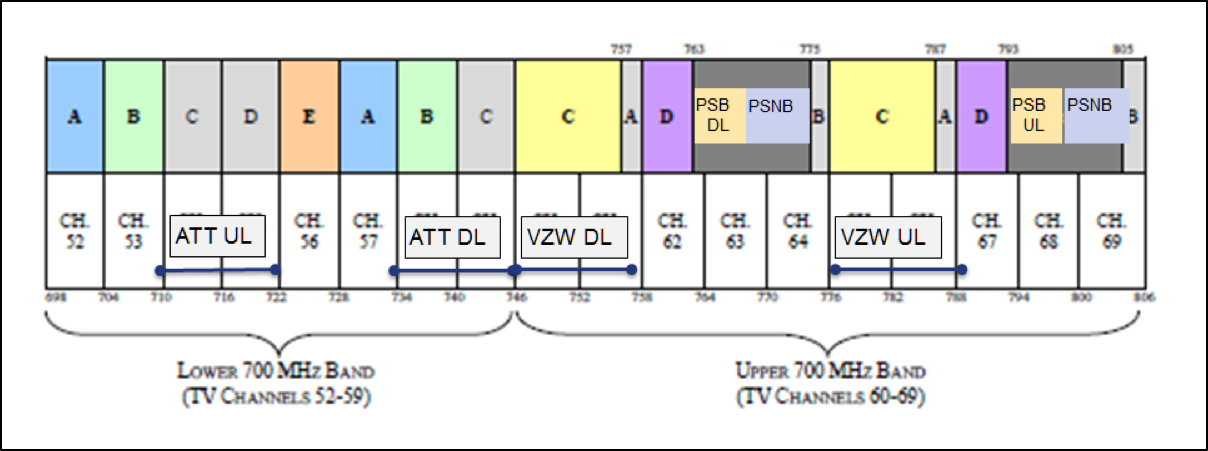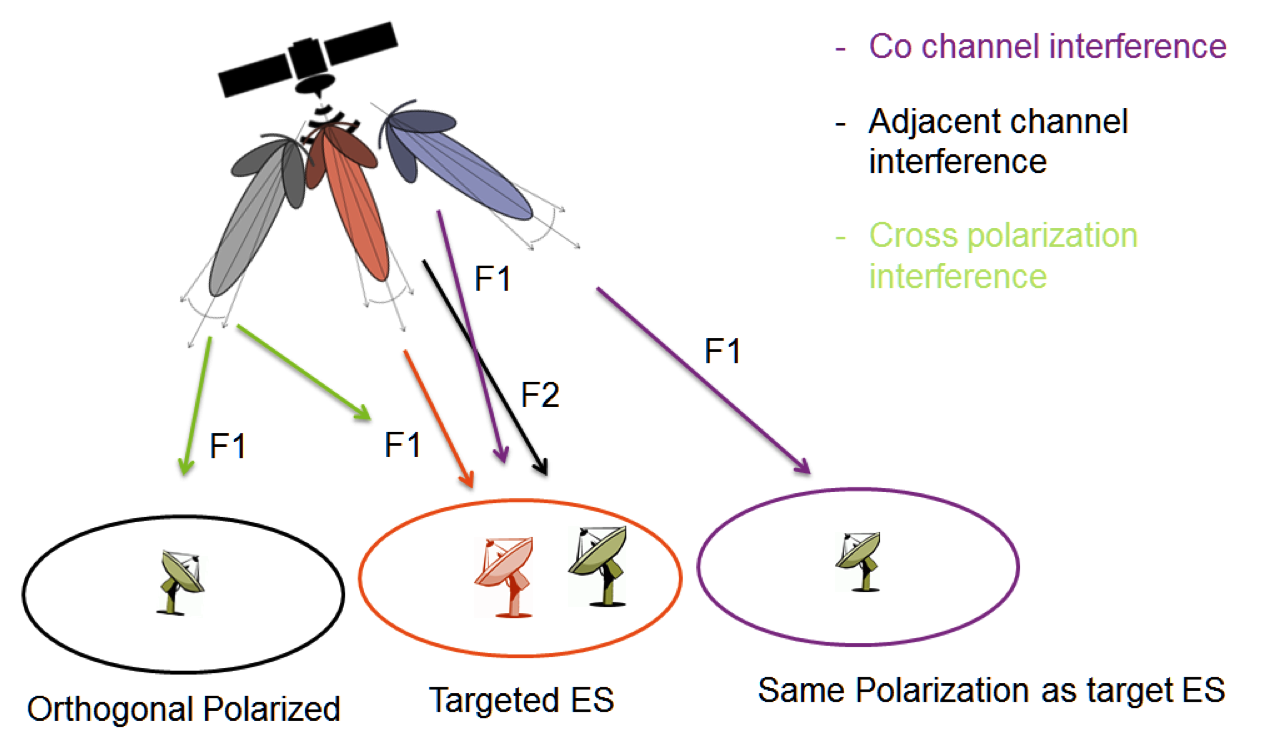This is the second installment of a five-part application note, tied to Keysight's release of the latest FieldFox, the industry's first handheld analyzers with real-time spectrum analysis (RTSA) and benchtop accuracy to 50 GHz. The remaining installments will be published every Tuesday and Thursday. If you don't want to wait, you can download the entire app note here.
Part 2: Aerospace, defense and public safety interference issues
Most of the common aerospace/defense (A/D) communication systems are satellite, radar, electronic warfare (EW) systems and secure communication networks (e.g., public safety). With the explosive development of wireless technologies in both the commercial and A/D spaces, more and more interference is creeping into A/D systems. To mitigate these challenges, A/D systems are moving to higher frequencies, deploying much narrower radar pulses and implementing highly encrypted digital wireless systems for communication.
These technologies are effective to fend off external interferences, but they also make field troubleshooting far more difficult. New tools and measurement techniques are required to effectively maintain A/D communication systems.
Public safety/two way radio interference issues
There are two major issues in public safety radio systems: one is adjacent channel interference, the other intermodulation distortion. Typically, public safety radio is a narrowband system with bandwidths like 25, 12.5 or 6.25 kHz and with much higher transmit power than a commercial system. A public safety system requires channel rejection in the range of 80 to 100 dB. If the duplexer or diplexer is not tuned properly, a base station will generate adjacent channel interference among operating channels, and this will reduce the coverage area.
Because a public safety transmitter is operating at a higher power level, intermodulation products will be produced if its power amplifier is saturated, and harmonics can easily land on adjacent bands. If these harmonic products land on LTE control frequencies (see Figure 2), network services will be disrupted.

Satellite ground station interference issues
Satellite communication systems are commonly deployed in A/D networks. One of the trends in this area is to provide high capacity communication links to the military. There are two primary techniques to increase system capacity: increasing the operating frequency from C- and Ku-Bands to Ka-Band, the other to use multiple beams to deploy frequency reuse.
Higher frequencies will significantly reduce the beam size. This requires more precise antenna alignment; mis-alignment can introduce co-channel and adjacent channel interference.
Multi-beam frequency reuse allows adjacent areas to share the same frequency plan and polarization. If the system is not properly optimized, it can generate strong co-channel, adjacent channel and cross-polarization interference among earth stations (ES), as shown in Figure 3.

Problems with traditional interference analysis
There are several ways to classify interference. From the signal interaction viewpoint, it can be categorized as co-channel interference, adjacent channel interference and intermodulation (passive and active). From the network operation perspective, it can be grouped into downlink interference (base station to mobile or satellite to earth station), uplink interference (mobile to base station or earth station to satellite) and external interference.
If there are interference issues in the network, a system performance monitoring tool will report issues such as the uplink noise floor rising without significant traffic, connection failures, signal-to-noise ratio too high, etc. The next step is to detect where the interference is coming from. Traditionally, a spectrum analyzer with a directional antenna is the tool of choice to detect and locate the interference.
Traditional swept-tuned and fast Fourier transform (FFT) spectrum analyzers are very effective for detecting a relatively constant signal, or max hold can be used to detect intermittent signals. Because traditional analyzers either have a large dead time, where no data is being captured during a retrace, or the dead time is unpredictable, their effectiveness is challenged when dealing with random bursty signals, narrow pulses like radar or a signal whose duration is based on network traffic conditions.
Given the ever-growing bursty nature of wireless broadband networks, it is time to find a complementary tool to improve the effectiveness of spectrum analysis.
End of Part 2. Read Part 1 or Part 3.
FieldFox RTSA software, Option 350, is designed for engineers and technicians performing interference hunting and signal monitoring, specifically in surveillance and secure communications, radar, electronic warfare and commercial wireless markets.

